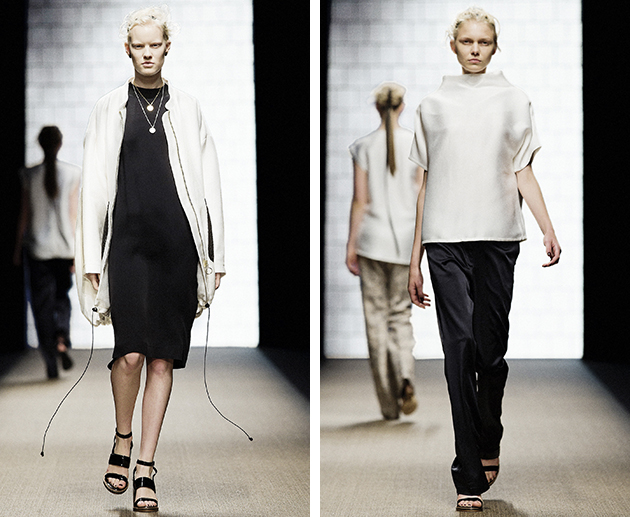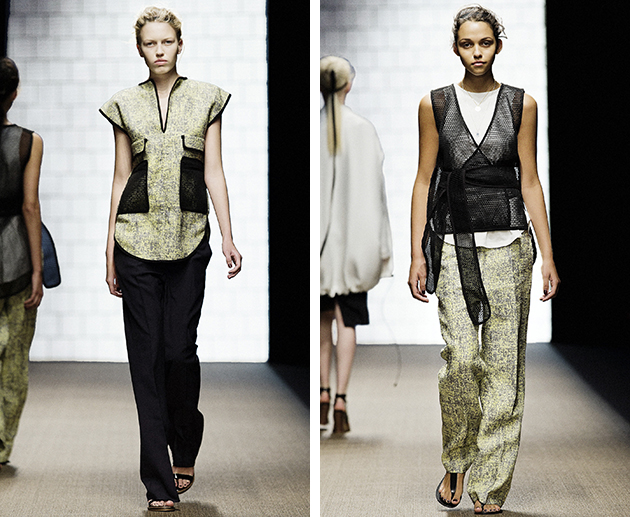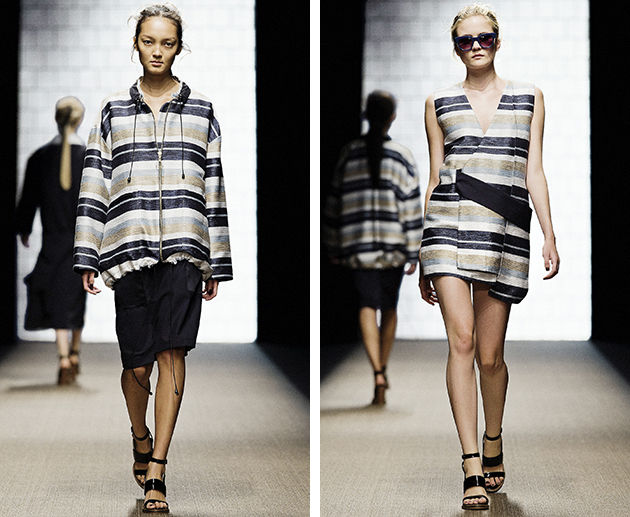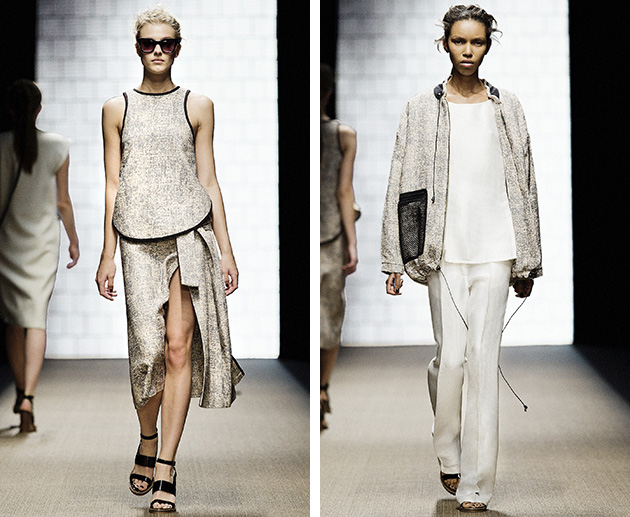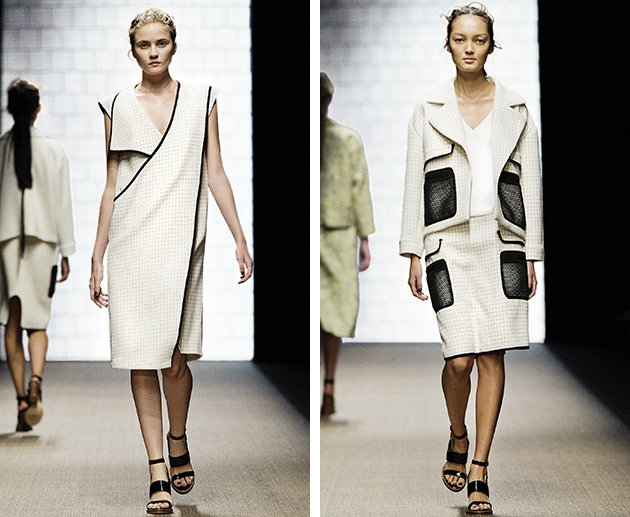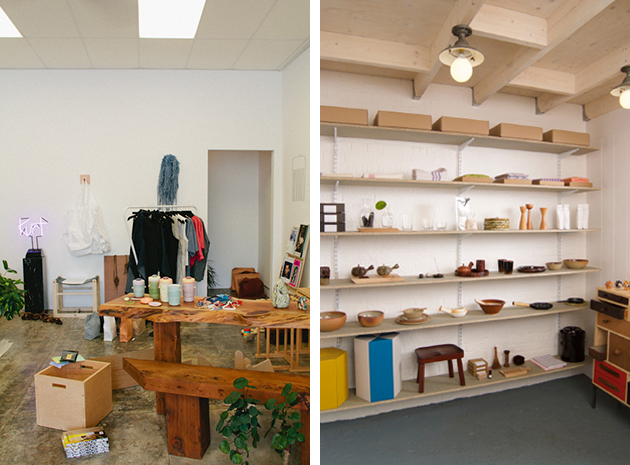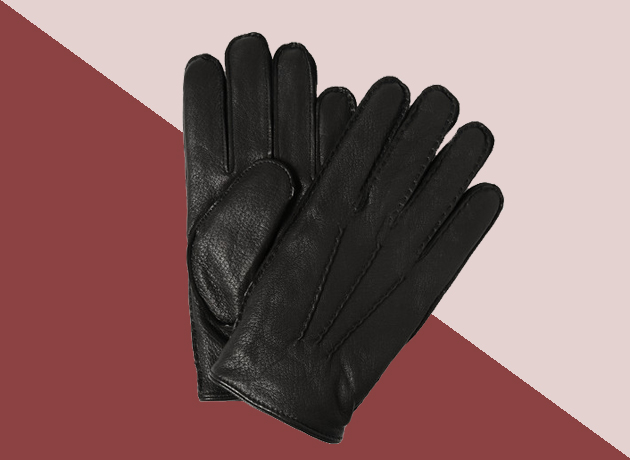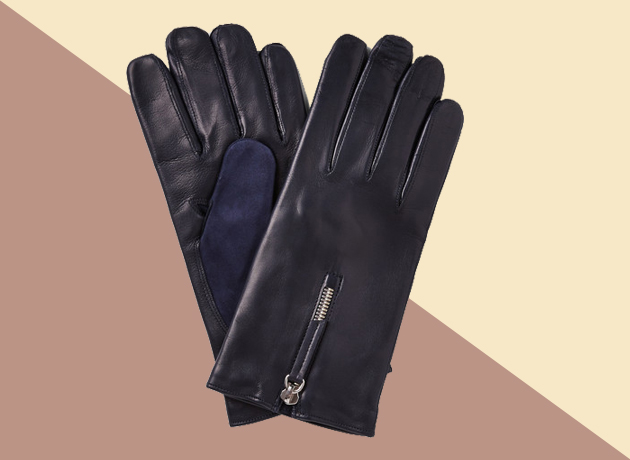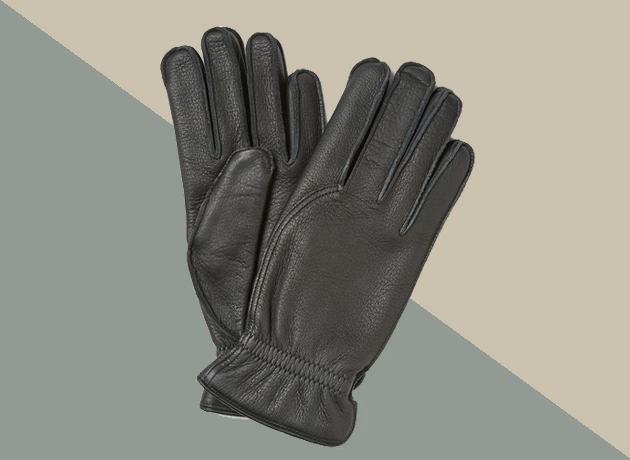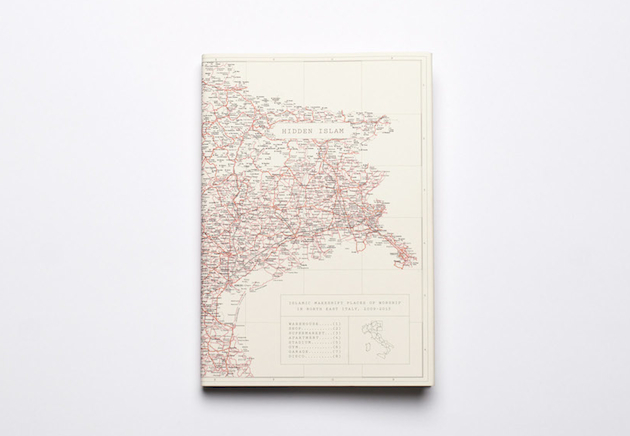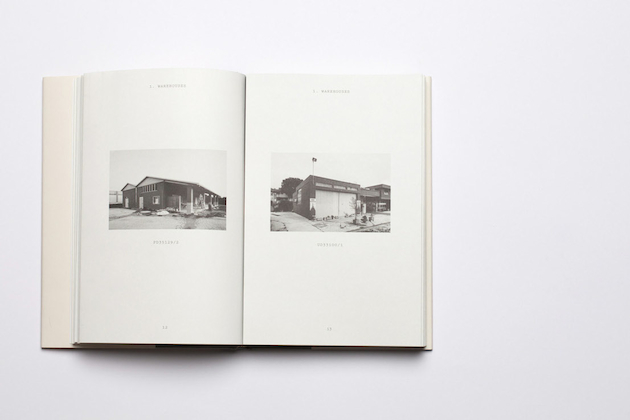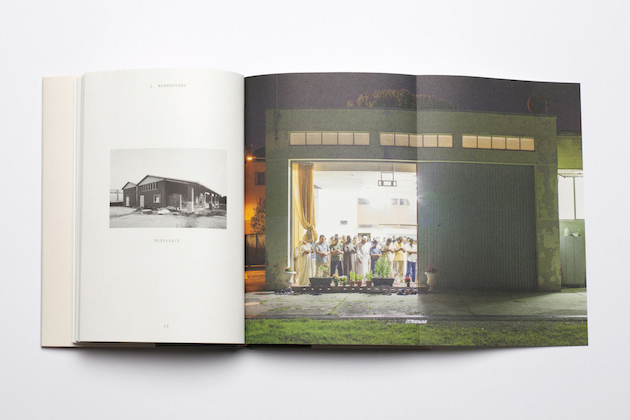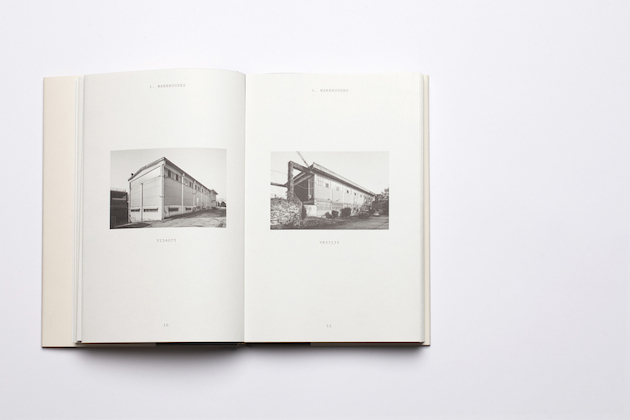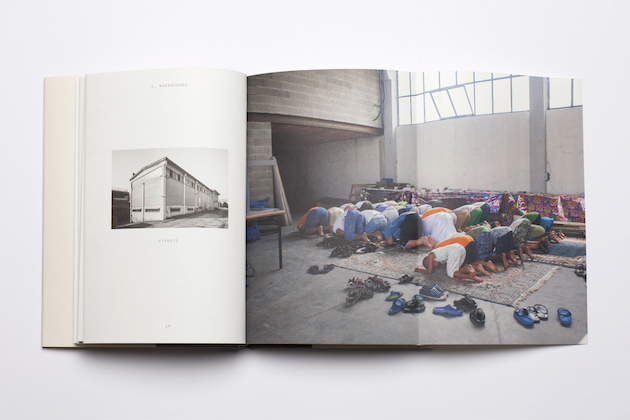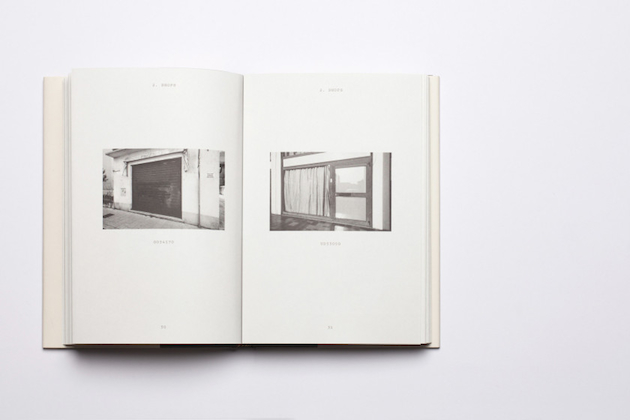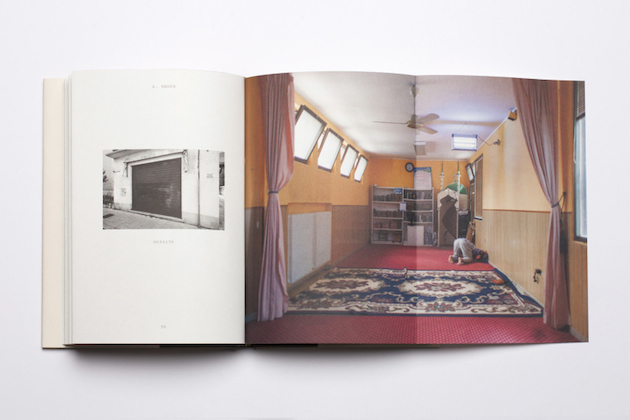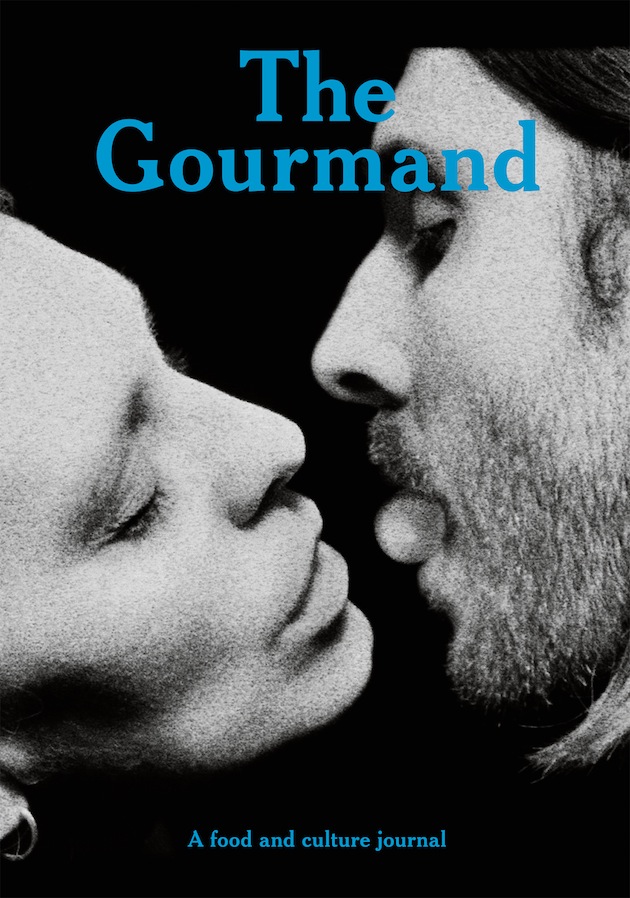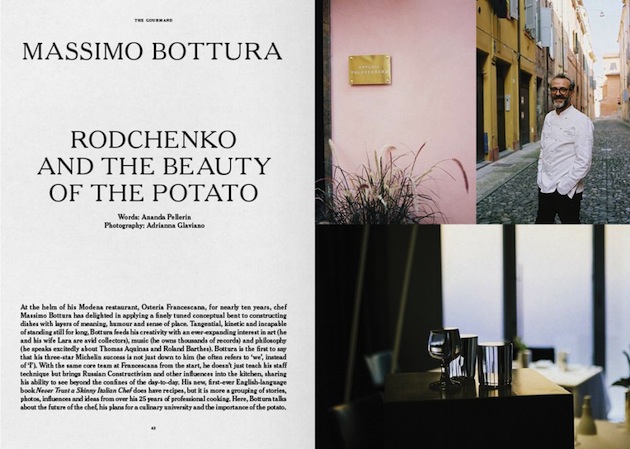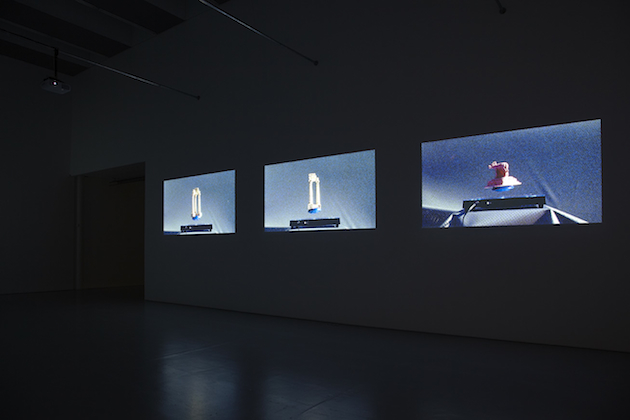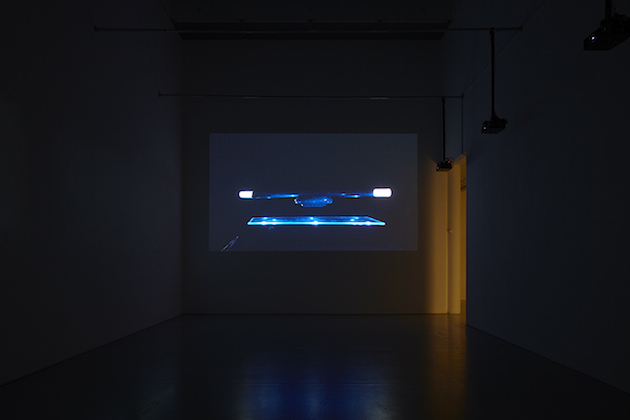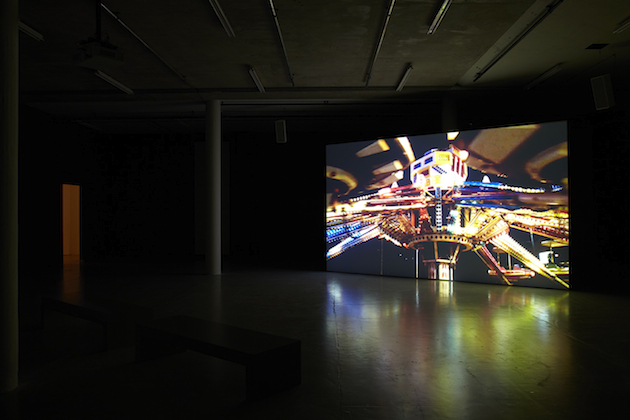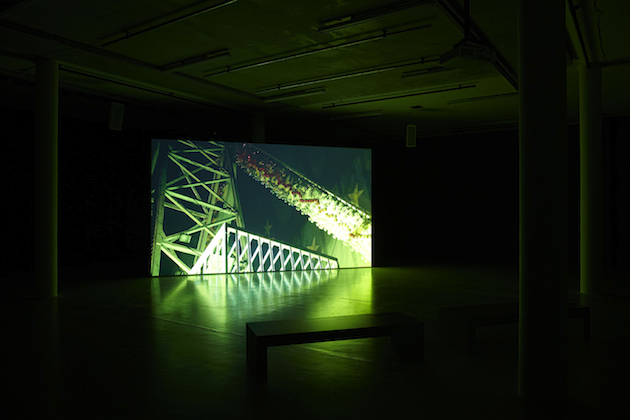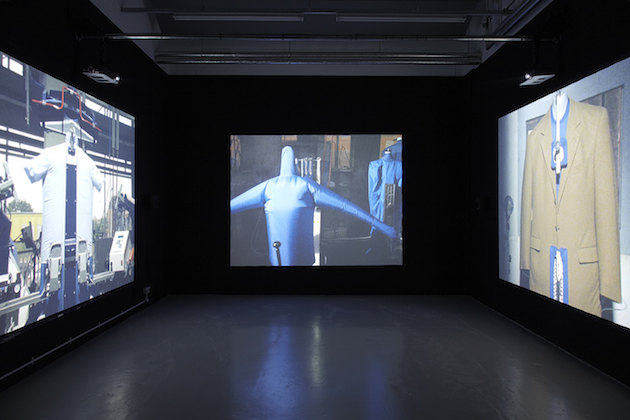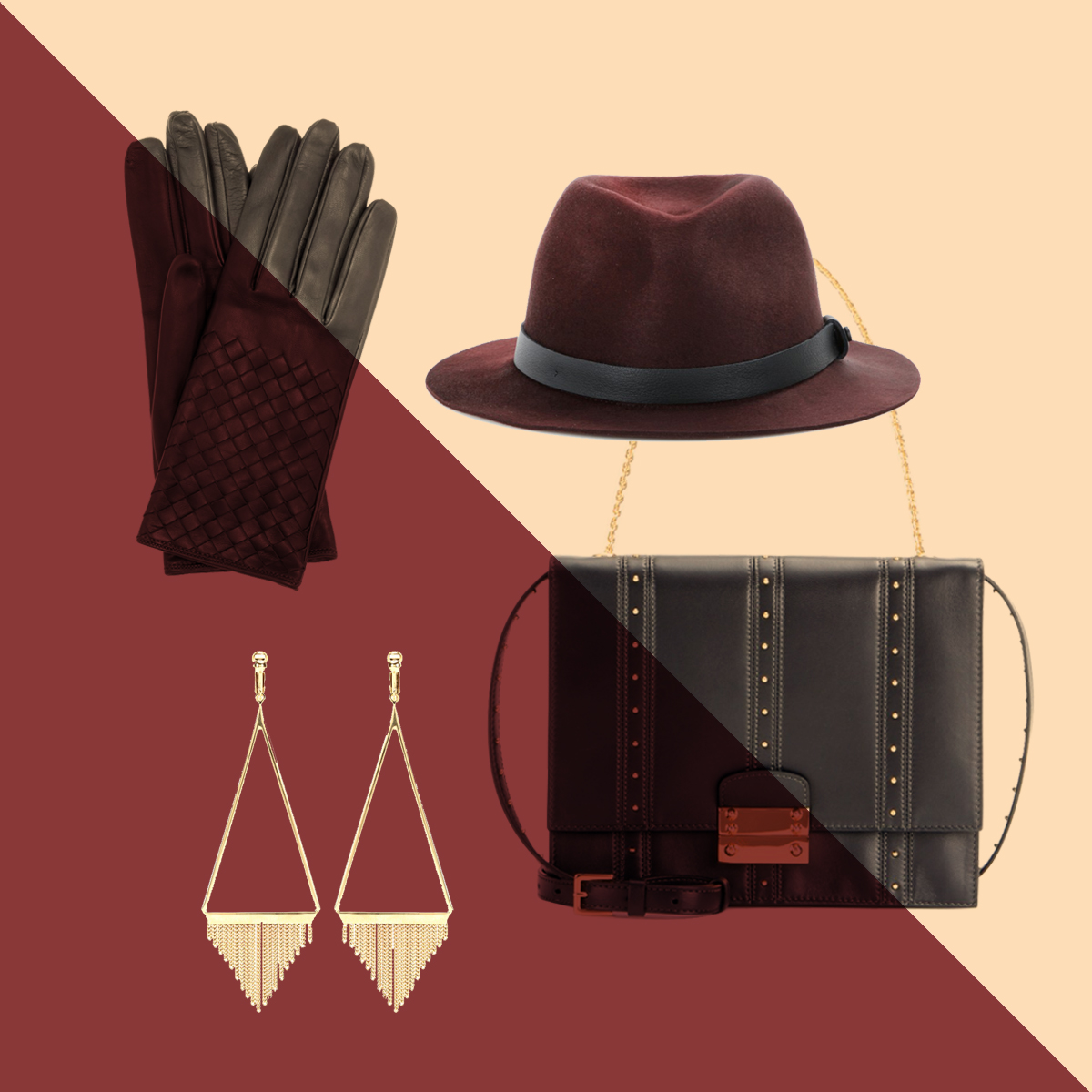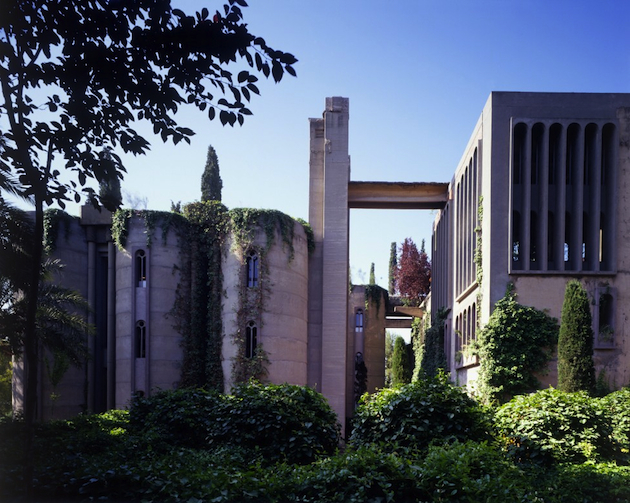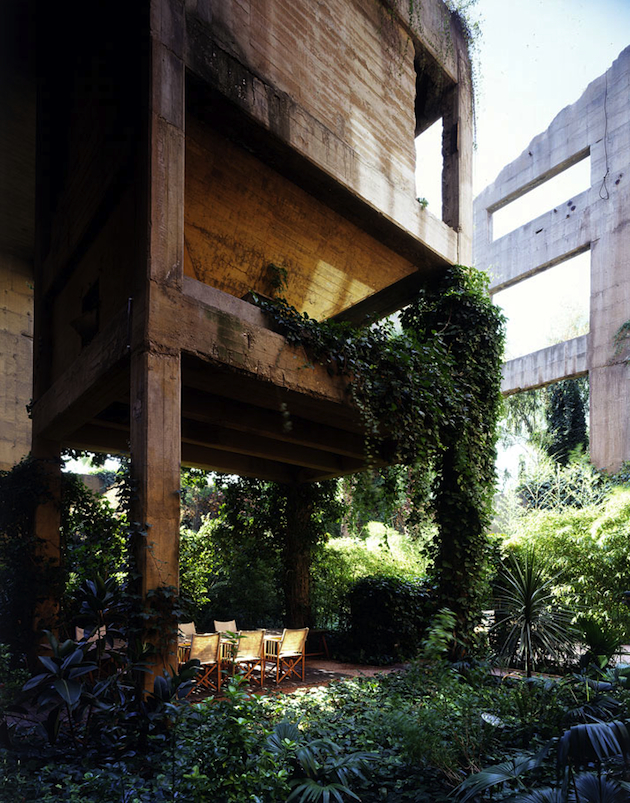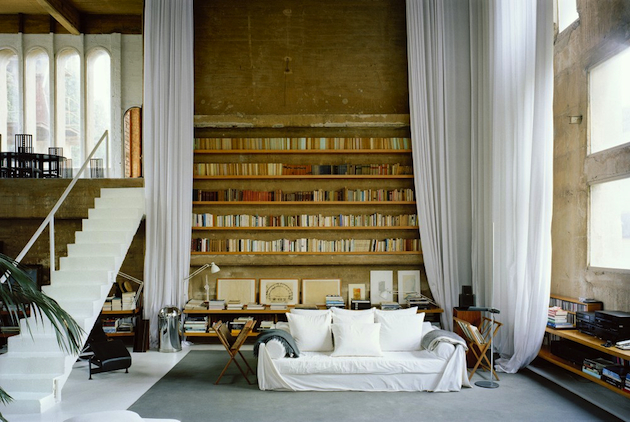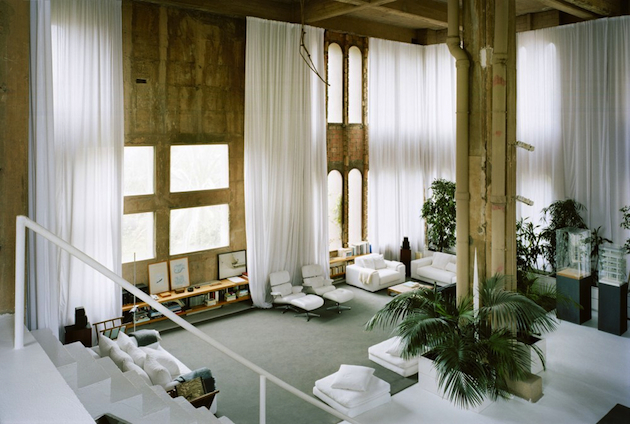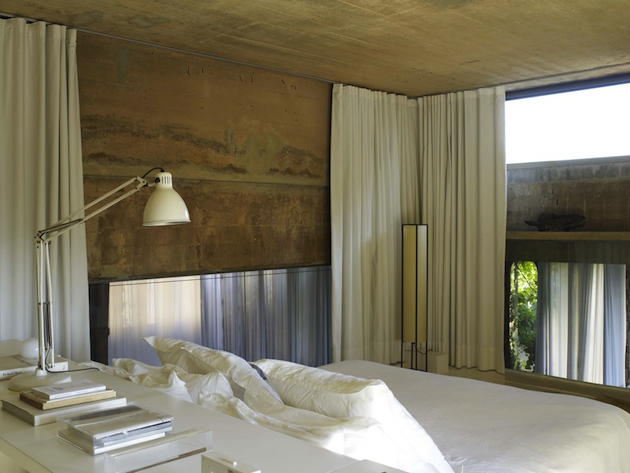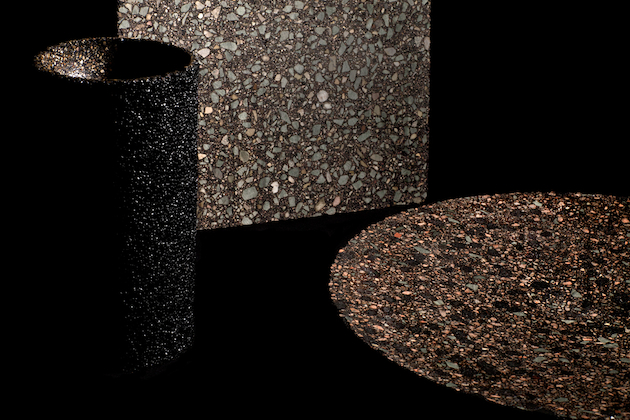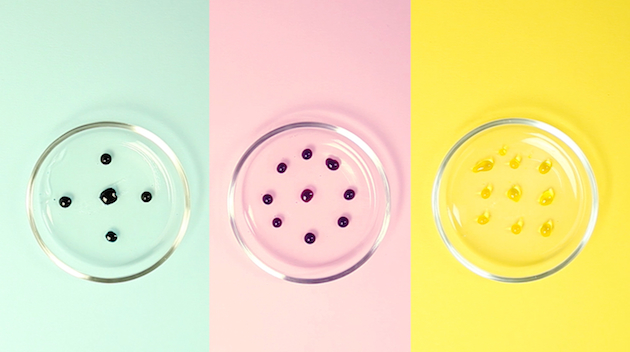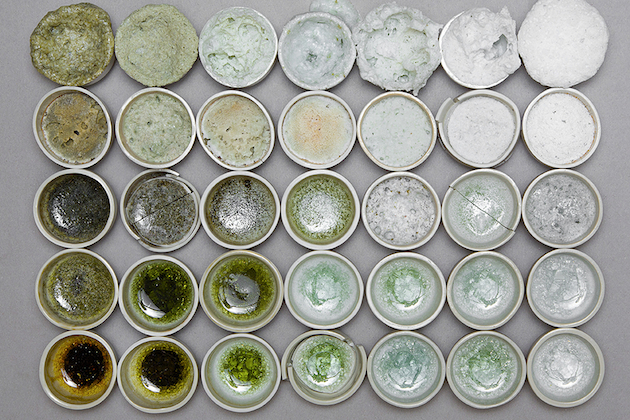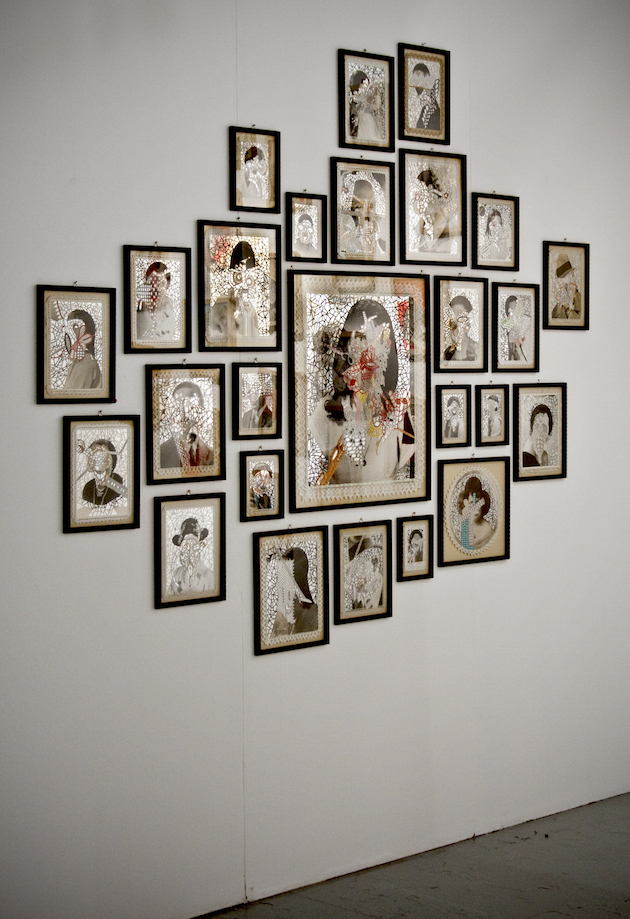
How and when did you decide to become an artist? What did you aim for when you start this career and which were the most significant moments (or people) that shaped your path?
After the compulsory education I chose an art high school and afterwards I attended the Fine Art Academy in Bologna. I just followed a passion, which unfortunately entailed leaving other interests aside, such as my passion for music. I had a couple of stimulating teachers, despite a general penury of Masters. I remember with great affection the artist Gabriele Partisani, professor of “Anatomia del segno” (a course on the analysis of trace marks) at the academy, who passed away recently. In Milan, the city where I’ve been living since 2007, I met some fundamental people, among which the gallerist Enzo Cannaviello.
Your work developed year after year, allowing you to experiment with different techniques and media, but the illustration has always had a key role in your artistic production, would you like to tell me something more about this intimate relationship?
Maybe we should first define what the word “illustration” means. In ancient times it was a religious practice, then it became a suggestive adornment for the publishing industry, till it found application in the field of commercial advertising. Moreover much painting, above all the one from the past, could be regarded as illustrative, comparable to a window to the world that has its own internal laws of representation, narration of a text or a fact. The illustration, which my imagination refers to, is the one that was used in Europe for scientific, didactic and satirical purposes, from the end of the 18th century to the early 19th century. These images retrace, in a unique way, the spirit of the period when they were created. Looking at them today is as if they become bearers of short circuits, documents of the human beings’ modern neurosis. They can be scientific as well as grotesque, educative as well as misleading, influential as well as naïve. They are examples of illusions that only history and time can unmask. These images can be defined as popular and in these cases the fence of a page could become a very desirable place.
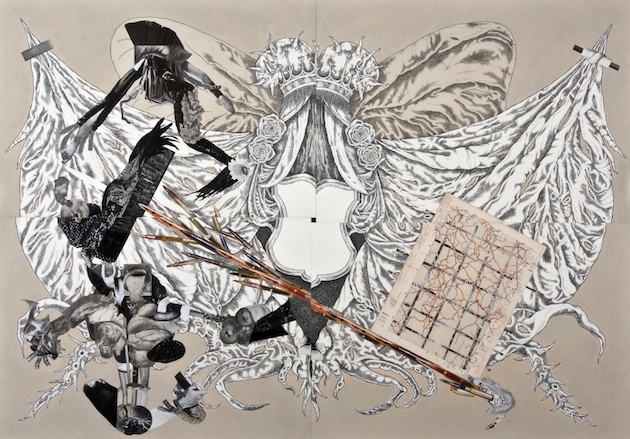
Which are the links between your work from the beginning of your career and the most recent ones?
The connections are, for example, the references to the collective imaginary and the unconscious, along with the attempt to fix the chaos. Other links are the manual labour, the crossbreeding of different traditional languages, materials and heterogeneous marks, the recycling of what is out of practice, things that had lost their original function.
There are continuous references to the childhood as a lost world or a possibility of change. In my latest series “Crossage”, as well as in the assemblages and in the collages, created in 2009, I gave the illusion of perspective up with the idea that the work could be read as a whole, as a play with different, conflicting levels and elements, which live in our physical environment in the form of objects.
Which are your main inspiration sources – in art, literature, theatre, cinema etc. both from the past as in the present? And what is your mood when you realize that you have had a good ‘eureka moment’?
Everything that surrounds me could be an incitement: the discovery of an object, a poetic dimension, but also daily news or a critic essay. The artistic intuitions are often the effect of a syntony, the proof of the idea of “Correspondences” proposed by Baudelaire.
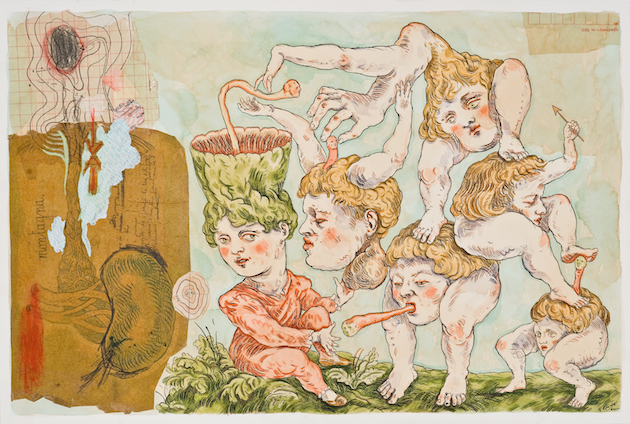
For some time, there has been an on-going debate (with opposing points of view) about the modernity of painting as an artistic media; do you think that painting is really a dead language?
The main problem in art today, in my opinion, is the relationship of slavery and bulimia that we have with the Unconscious and the Messages. That said, there are still good illustrations and good “exercises in painting”, which depict the awkwardness of the contemporaneity or draw the attention to the time of Nature.
What turns an artist into a truly contemporary author (besides the civil registry) and what turns his/her work into something significant for a wider audience?
A contemporary artist must have the ability to create tension with his/her time, to call it into question and again to give signs that survive the trends. We should say that the more an artist is able to follow his/her goals, the more his/her work become significant for the audience, but it is hard to fulfil. Then dramatically it is the economic aspect that gives the final word in establishing the value of things.
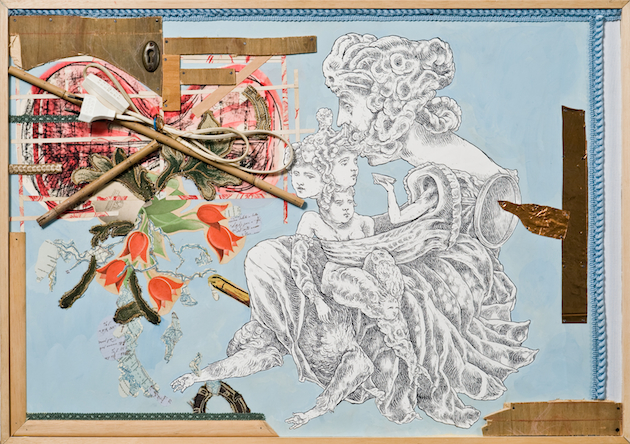
What do you think about the blend among different professions that ever more often deconstruct established roles (artists/curators, auction houses that become galleries etc.)?
In the “flow” we are living in, everything is blended. Close to the issue of specialisation of knowledge, the problem seems to be in the annulment of variety and the flattening of everything into a big net. But the unstoppable catastrophe we are going for is due to the confusion between culture and marketing, between the idea of progress and the quantitative development. Could we trust in the fact that the artist will work for a curatorial project with the same responsibility with which he creates an artwork? I hope so.
Nietzsche defines nihilism as “the most disturbing of all guests”, do you agree or did it happen to you to have more unsettling “guests”?
I would judge other “guests” equally thorny, especially because of my nihilistic view or because of my idealism.
Are there any ideas or unfulfilled projects that you want to take on in the future?
Well, to say thank you to Prof. Schneitzhoeffer (junior).
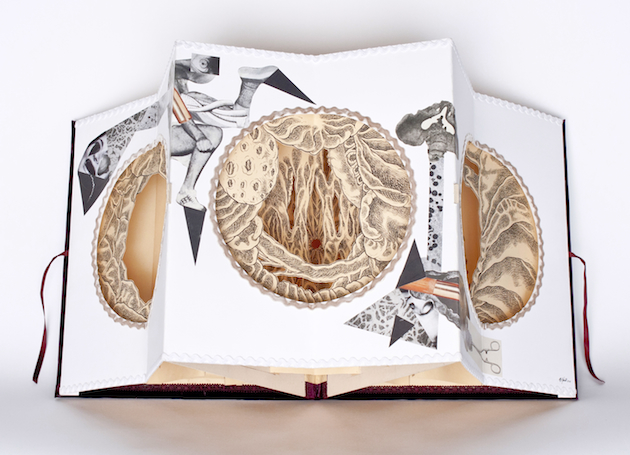
The latest works of Umberto Chiodi are currently exhibited in a solo show entitled “Crossage” on view at Studio D’Arte Cannaviello in Milan until 10th January 2015.
Interview by Monica Lombardi